
All categories
Featured selections
Trade Assurance
Buyer Central
Help Center
Get the app
Become a supplier

(916 products available)
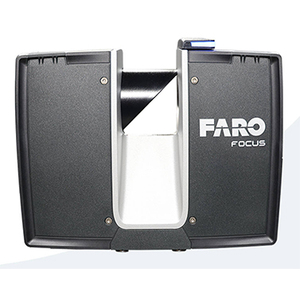
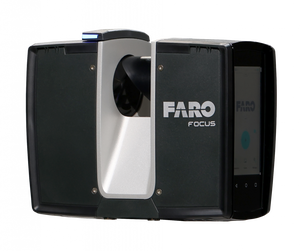
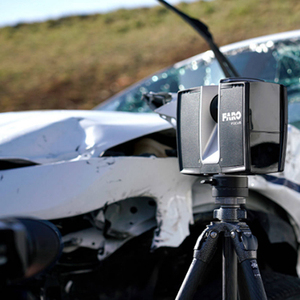
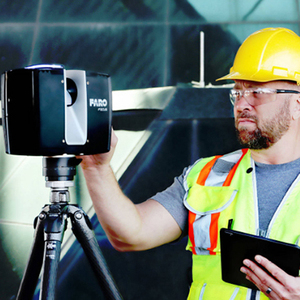
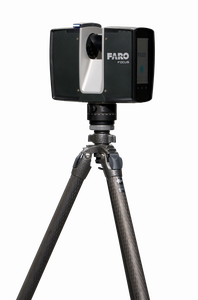


































The Faro 3D laser scanner is a highly sophisticated instrument used to create point clouds via laser scanning. It is a versatile tool that can be used in various applications. The Faro 3D laser scanner comes in multiple types, each designed to meet specific industry needs.
The following are some of the types of Faro 3D laser scanners:
Industries use a 3D laser scanner to create a 3D model of an object or a surface. The scanner works by sending out laser beams that scan millions of points on the surface of the object. The points scanned are then converted into a 3D model by software. This process is called point cloud data. The laser scanner rotates 360 degrees horizontally and vertically. The 3D laser scanner has the following features:
The applications of the FARO 3D laser scanner are extensive. They include the following:
In architecture, the FARO 3D laser scanner can be used to aid in the documentation of a building's condition as well as help in the renovation process. The scanner can also be used to create 3D models, among other things. The scanner enables architects to provide more accurate designs and make more informed decisions.
The FARO laser scanner can be used by construction companies to monitor job sites and ensure that the project stays on track. The scanner can also be used to verify as-built conditions, perform clash detection, and support construction planning.
When it comes to forensics, the FARO 3D laser scanner can be used to document crime and accident scenes accurately and efficiently. This helps investigators to gather more information about the incident. The scanner is also used to analyze bullet trajectory, blood spatter, among other things.
In the automotive industry, the FARO 3D laser scanner can be used to inspect parts, reverse engineer components, perform quality control, and analyze vehicle crash data.
The FARO 3D laser scanner can be used to document and preserve historical sites, artifacts, and cultural heritage. The scanner produces detailed 3D models that can be used for research, education, and conservation purposes.
Film and video game production companies can use the FARO 3D laser scanner to create digital assets, such as characters and props. The scanner can also be used for virtual reality and augmented reality applications.
In the aviation industry, the FARO 3D laser scanner can be used to inspect aircraft components, perform maintenance, and support aircraft design and prototyping. The scanner can also be used for accident investigation and reconstruction.
When selecting a Faro 3D laser scanner, many factors need to be taken into account. The specifications of the job, as well as the needs and requirements of the project, are critical to the decision-making process.
When choosing the right 3D scanner, it is important to consider the object's size, as some can only scan a limited area, and the location, as some are portable, and others are not. The object's complexity is crucial as well, as some 3D laser scanners are unable to scan objects with varying shapes and sizes. The surface of the object is also important, as some 3D laser scanners are unable to scan shiny or reflective surfaces.
The Faro scanner is available in a variety of models, each with its own set of features. The Focus S models are designed for short-range scanning, while the Focus M and Focus X models are ideal for medium-range scanning. The Focus S model has a range of 0.6 to 130 meters, while the Focus M model has a range of 0.6 to 160 meters, and the Focus X model has a range of 0.6 to 330 meters. The Focus M and X models also feature a high dynamic range camera and dual-axis compensator, which allows them to be used in a variety of industries.
When choosing a faro scanner laser, it is important to consider the type of projects it will be used for. The Focus S model is ideal for forensics, architecture, and engineering. The Focus M model is suitable for interior projects, while the Focus X model is perfect for exterior projects.
Another important factor to take into account is the software, which is critical for processing and analyzing the data. The Faro SCENE software is user-friendly and easy to navigate. It allows users to register and align the scans, as well as visualize the point cloud. The software also enables users to create deliverables, such as 3D models and drawings.
Q1: What is the most accurate 3D scanner?
A1: The accuracy of a 3D scanner is usually determined by its resolution. Generally, laser 3D scanners are more accurate than structured light 3D scanners. The FARO Laser Scanner has an accuracy range of 0.0394 inches to 0.0787 inches (1 mm to 2 mm) and a typical resolution of 0.0295 inches (0.75 mm).
Q2: How does a 3D laser scanner work?
A2: A 3D laser scanner works by emitting a laser beam onto an object, which then reflects the light back to the scanner. The scanner measures the time it takes for the light to bounce back, as well as the angle at which it returns. By combining this information with the scanner's own position and orientation, it can create a detailed 3D model of the object being scanned.
Q3: How long does it take to 3D print a 3D scan?
A3: The time it takes to 3D print a 3D scan depends on the size and complexity of the object being printed, as well as the printing technology and materials used. Small and simple objects may take only a few hours to print, while larger and more intricate ones could take several days or even weeks.
Q4: How is 3D scanning used?
A4: 3D scanning has a wide range of applications in various industries. It is commonly used in product design and development to create digital models of physical objects for prototyping, testing, and visualization. Other applications include reverse engineering, quality control, cultural heritage preservation, architecture, construction, and forensics, among others.